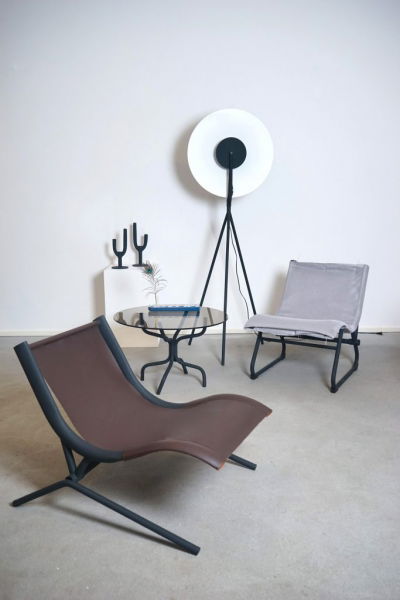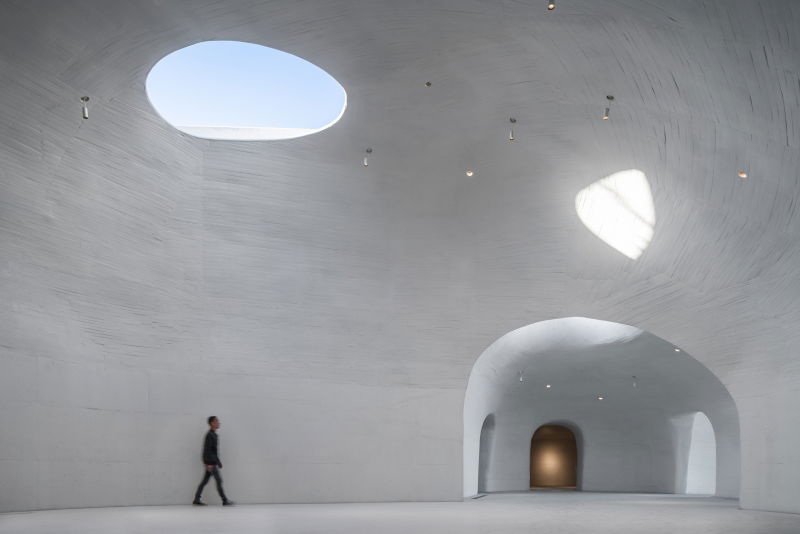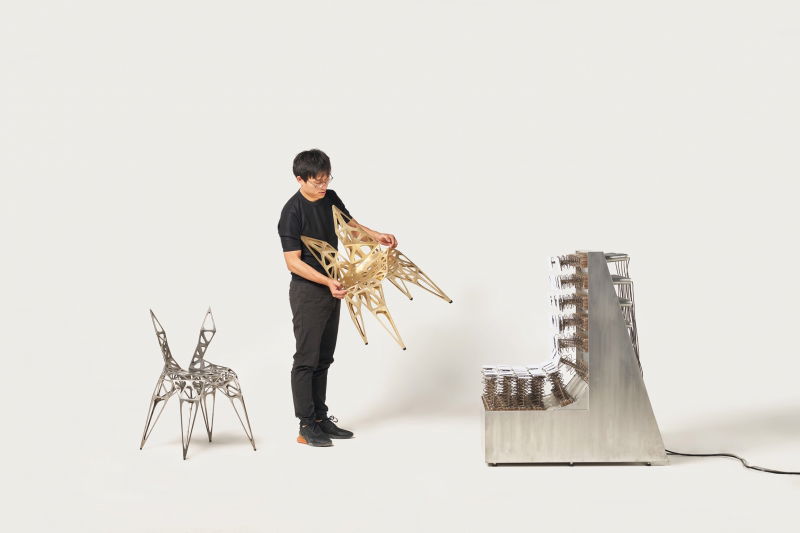
Five reasons why China is the design destination to watch
share on
Image credit: Noah Sheldon
Over the last 10 years, we’ve witnessed an evolution in how the “made in China” stamp has been viewed by the world. In the past, and perhaps even to this day by some, it has held somewhat negative connotations but those truly in the know are well aware of how much richer, more sophisticated, and forward-thinking the design scene in China has become in recent years.
1. New generation, new energy

Credit: Design Shanghai
Chinese consumers now have a preference for more bespoke, limited-edition, and fashionable luxury items, and that taste has largely translated to their perspective on design. This is evident in the growth of the audiences found at design fairs being held across China – from Design China Beijing and Design Shanghai to local iterations of Salone del Mobile and Maison Objet – which are drawing attendees not limited to designers, architects, and trade buyers. Many of the visitors to these fairs are collectors and design enthusiasts keen to attend speaker forums and expand their knowledge. And with no shortage of rising stars eager to show the world a singular perspective, coupled with a strong sense of pride in their roots, China is poised to reveal a unique, infinitely interesting narrative in the years to come.
2. A sustainable vision

Credit: YUUE Design
Both from a consumer and designer standpoint, sustainability is a hot topic, and Chinese designers are pushing the envelope. Weng Xinyu of Yuue Design, for one, reimagined his material process, using discarded Mobike parts to design a collection of furniture, which was shown at Milan Design Week in 2019. Similarly, the independent design brand Bentu has recycled construction waste – such as coal cinder – into pendant lamps.
Yet recycling isn’t the only way that creators can be sustainable. Ethical sourcing and traceability are key principles informing designers such as Wu Wei of Thrudesign, who only uses FSC-certified woods like maple, walnut and cherry to craft his wooden furniture. Likewise, fashion designer Ban Xiaoxue recently partnered with The Woolmark Company to use Merino wool that could be traced all the way back to the farms in Australia where it was produced.
3. Getting physical

Credit: AIM Architecture
While China has swiftly embraced a digital mindset, some of the world’s biggest brands recognise that an investment in the physical experience remains essential. As a result, in China, shopping offline has never been more appealing, with Brands and retailers such as Harmay and SKP defying the notion that a brick and mortar space is no longer essential. Harmay called on Aim Architecture to helm its flagship store in Beijing, while the latter commissioned Sybarite and Gentle Monster to craft a retail destination that is at once exciting, design-driven, and immersive. A true sense of theatre is what distinguishes the physical shopping experience from the digital, and in no other place is this more evident than in China’s retail destinations.
4. Star power

Credit: Wu Qingshan
Some of the most stunning and innovative structures built in the last 15 years are in China, and international star architects – the likes of Bjarke Ingels, Thomas Heatherwick, Norman Foster, the late Zaha Hadid – have played a large part in assembling that skyline. Increasingly, however, Chinese designers and architects are proving that they can stand toe-to-toe with international greats. Just look at the striking UCCA Dune Art Museum (recently named Asia Pacific’s best cultural destination in Berlin) built by Open Architecture, who also built the highly anticipated new museum of arts patron Qiao Zhibing, Tank Shanghai.
5. A digital revolution

Credit: Zhang Zhoujie Digital Lab
It’s no secret that China is determined to become a world leader in artificial intelligence in 2030. In addition to this, the country’s Made in China 2025 policy also reflects a commitment to technological advancement in areas such as solar power, drones, and electric cars. This has slowly yet surely manifested in the realm of design, with savvy next-generation designers expanding their creative processes to accommodate various technologies, such as Zhang Zhoujie who uses computer-generated design work. Also championing that spirit of digital exploration, TeamLab Borderless opened its largest-ever museum in Shanghai, while Wutopia Lab opened a new model museum to present architectural visions of the future. In the greater scheme of things, the digital revolution afoot will rapidly change how people live, work, and design all over the world, and China is at the forefront of that movement.

Virginia Ngai is the director of strategy at CatchOn, a Finn Partners Company. CatchOn is a branding and marketing communications consultancy specialising in travel, hospitality and lifestyle. It recently released its latest trend report, "Made in China 2020", which is available for download here.
Related articles
Report: Retail in China recovering fast from COVID-19 while Hong Kong stays stagnant
China post-lockdown: Key strategies SEA brands need to put in place now
share on
Free newsletter
Get the daily lowdown on Asia's top marketing stories.
We break down the big and messy topics of the day so you're updated on the most important developments in Asia's marketing development – for free.
subscribe now open in new window
